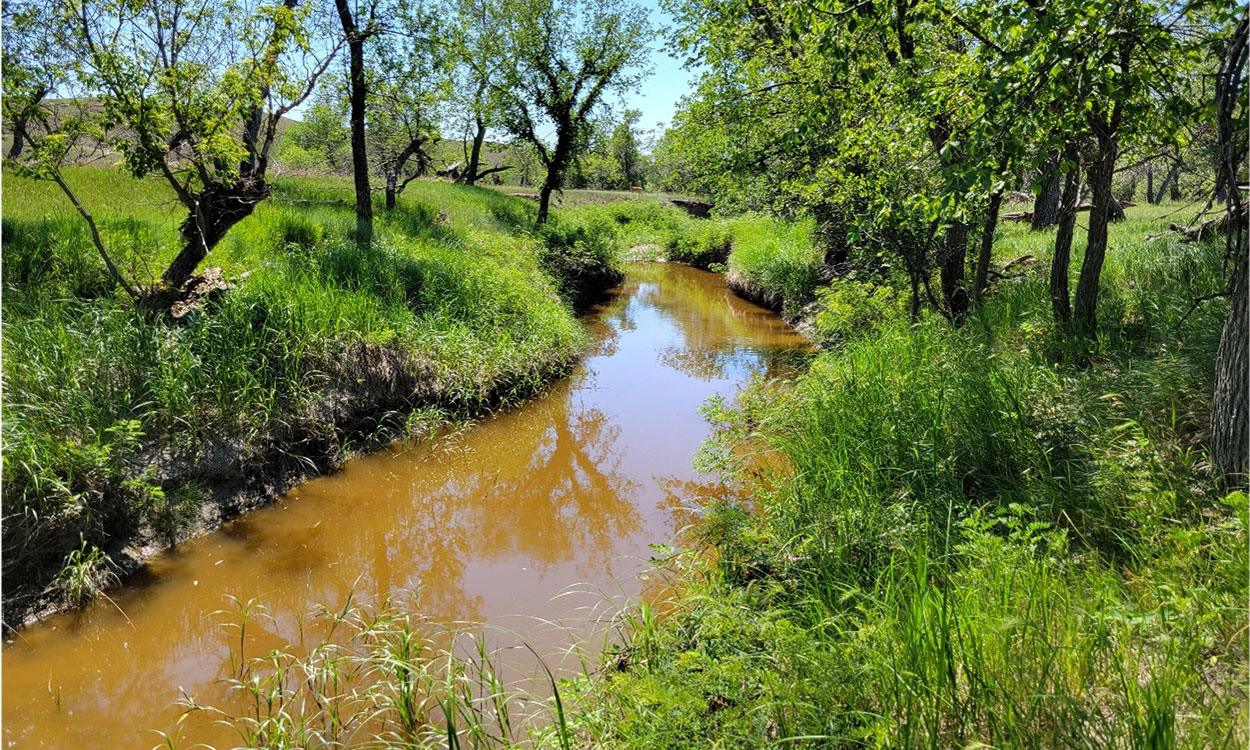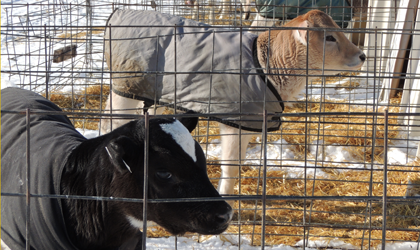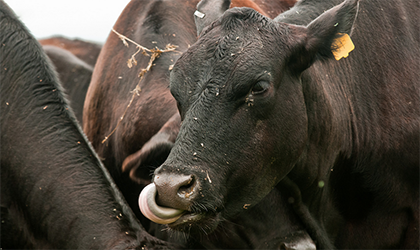Search

Can You Break the Hydro-illogical Cycle?
Regardless of the time of year, it is critical to start thinking about the next drought before we are in it. Learn some key strategies for breaking the Hydro-Illogical Cycle by leveraging drought motioning resources and creating a plan for your operation.

Ranching and Prairie Streams: Why Riparian Areas Matter
For many producers, riparian pastures are essential to their operations. However, land managers need to balance grazing and utilization needs with riparian health for the long-term benefit of their operation.

Lamb Bonanza to showcase sheep industry Jan. 7 during SDSU Jackrabbit basketball game
January 06, 2023
Jackrabbit fans who attend the Jan. 7 South Dakota State University women’s basketball game can also sample lamb and wool products as part of the 31st Annual Lamb Bonanza.

Neospora-Positive Status: Impact on heifers/cows and their calves
Neospora caninum is a protozoal germ that has the potential to affect reproduction in beef and dairy herds. Neospora-related reproductive problems can arise from two different kinds of infected cattle: 1) cows or heifers that became infected by eating contaminated feed, and 2) cows or heifers that were born with Neospora and pass it on to their offspring in utero.

Dairy Calf Respiratory Disease: Treatment in the Aftermath of Cold Weather
Cold weather is not just hard on the people taking care of animals, it can be tough on the animals themselves. Consider respiratory disease (pneumonia) in dairy calves.

Tuberculosis in Cattle: What You Need to Know
Bovine tuberculosis is a chronic and slowly progressive disease of cattle that emerges periodically in the U.S. Cases of bovine tuberculosis are usually diagnosed on the basis of tell-tale abnormalities found on slaughter inspection.

Sore Mouth: A “Pox” Virus for Sheep
Just like in children or adults who contract the dreaded chicken pox, sheep and goats can catch their own similar “pox” virus called Sore Mouth, technically known as Contagious Ecthyma. This health problem is most recognizable by red blisters or thick brown scabs on the skin around the lips or muzzle area.

The Different Sides of Pinkeye Treatment
Pinkeye (or infectious keratoconjunctivitis) is a scourge that most cattle operations will deal with at some point. Regardless of the type of cattle affected or time of year, prevention always beats treatment.

Importance of Lamb Nutrition Management to Avoid Acidosis
Acidosis (also known as lactic acidosis, grain overload, over-eating or grain poisoning) is a metabolic condition that most commonly occurs with lambs offered grain based diets, but can affect mature sheep.

Newborn Lamb Care Management
Proper newborn lamb care is a critical component of flock profitability. In the U.S. lamb mortality from all causes is approximately 20% with more than 80% of those losses occurring in the first two-weeks following lambing.